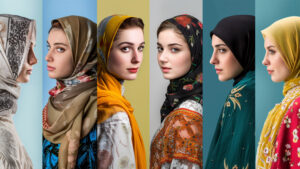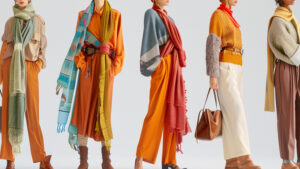
The day I realized my floral scarf became a hijab wasn’t about the fabric—it was when a little girl at the mosque smiled and said, “I like your hijab style.”
A scarf becomes hijab when worn with modesty intent, covering hair/neck fully, and aligning with Islamic principles of dress—not just through fabric choice.
Let’s unravel this transformation thread by thread.
What criteria determine if a head scarf qualifies as a hijab?
My Turkish friend once joked: “If your ears blush, it’s hijab. If your hairdresser cries, it’s fashion.”
Key factors: full hair/neck coverage, opaque fabric, loose fit avoiding body shape, and worn with conscious modesty.

The invisible checklist
I learned this through awkward moments:
- Failed attempt 1: My silk scarf slipped constantly at Friday prayers
- Failed attempt 2: A lace scarf showed my highlights
- Success: When I used a chiffon underscarf1 + cotton wrap
An Egyptian tailor taught me the “three finger rule2”—if you can fit three fingers between scarf and chin, it’s too loose.
| Feature | Fashion Scarf | Hijab |
|---|---|---|
| Coverage | Partial hair | Full hair/neck |
| Fabric | Sheer okay | Opaque required |
| Intent | Style | Modesty |
What is the religious and cultural significance of a hijab compared to a regular head scarf?
“It’s not a hat—it’s a heartbeat,” my grandmother said when teaching me to drape hers.
Hijab symbolizes faith commitment and community belonging, while regular scarves prioritize aesthetics over spiritual meaning.
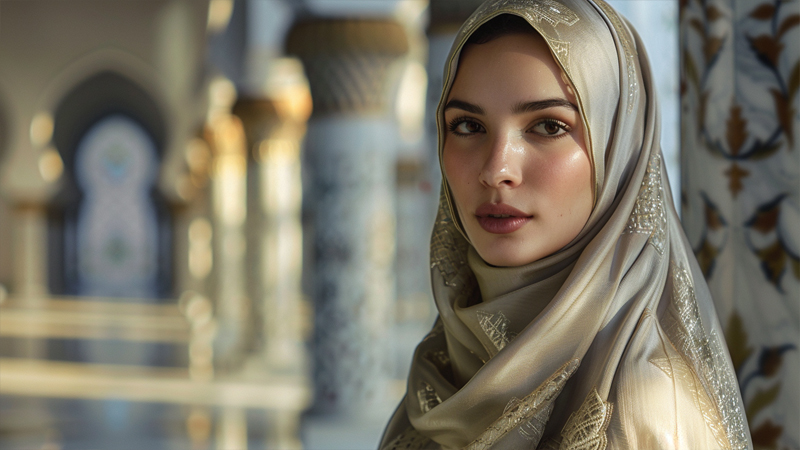
Beyond the threads
I’ll never forget my first hijabiversary3—the day I committed to wearing it full-time. My Palestinian friend gifted me a scarf saying Allah4 in delicate embroidery. “This isn’t fabric,” she said. “It’s your armor5.”
Regular scarves? They’re like temporary tattoos. Hijab? It’s the ink that becomes part of your skin.
What distinguishing features identify a hijab?
“Check the mirror test,” my mentor advised. “If you’d wear it to the club, it’s not hijab.”
Hijabs avoid decorative elements, use matte fabrics, cover chest, and pair with modest clothing—not just head coverage.
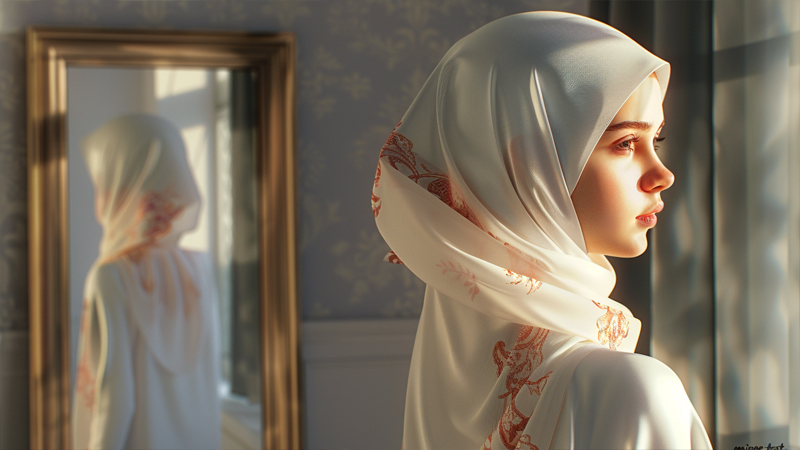
The devil’s in the details
Last Eid, I saw three women turn away a teen wearing:
- Rhinestone-encrusted scarf
- Skinny jeans
- Cropped jacket
“Beautiful scarf,” they said gently, “but let’s find you something that sings with your soul, not just your outfit.”
Key identifiers:
- No sparkles/glitter (distracts from modesty6)
- Matches outfit coverage (long sleeves7, loose cuts8)
- Underscarf hides hair completely
How does personal intent and context influence whether a head scarf is considered a hijab?
When I wore my scarf to a job interview, the Muslim receptionist nodded approval. At the gym later? She raised an eyebrow.
Same scarf ≠ hijab. Context defines meaning—prayer vs beach day vs fashion show.
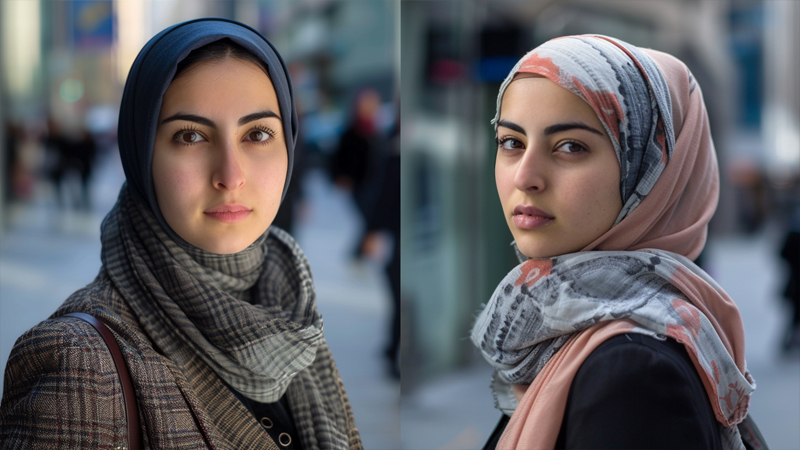
The intention filter
My Syrian neighbor’s story sticks with me: She once used a scarf as makeshift hijab9 during an earthquake. “Allah knows I meant it as devotion,” she said, though it was a tea towel.
Contrast this with influencers wearing “hijab-inspired” looks for photoshoots—beautiful, but spiritually empty.
Conclusion
A scarf becomes hijab when heart and fabric align in modesty.
-
Exploring the benefits of chiffon underscarves can help you achieve both comfort and style in your hijab fashion. ↩
-
Understanding the 'three finger rule' can enhance your scarf-wearing technique, ensuring a better fit and style. ↩
-
Explore the meaning and cultural significance of hijabiversary to understand its impact on identity and faith. ↩
-
Discover the diverse interpretations and significance of the name Allah across various cultures and religions. ↩
-
Learn how the hijab acts as a protective symbol for many women, representing strength and identity. ↩
-
Understanding the principles of modesty can help you choose outfits that align with your values and style. ↩
-
Exploring the significance of long sleeves can enhance your understanding of modest fashion choices. ↩
-
Discovering the benefits of loose cuts can improve comfort and style in your wardrobe. ↩
-
Exploring this resource will deepen your understanding of the cultural and spiritual meanings behind makeshift hijabs in various contexts. ↩

